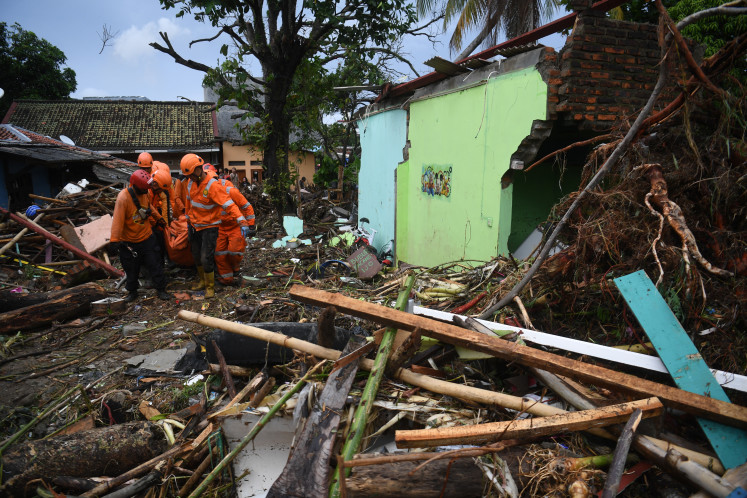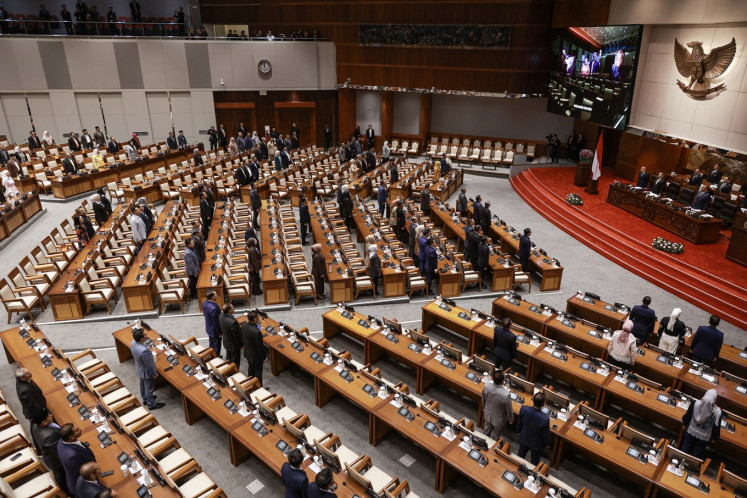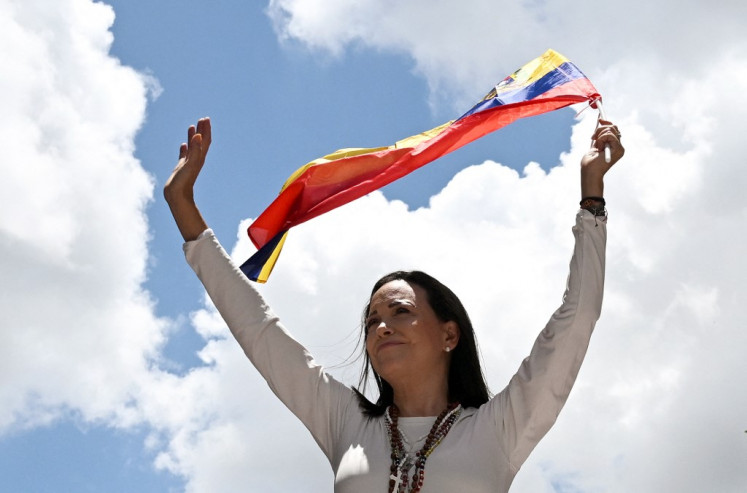Popular Reads
Top Results
Can't find what you're looking for?
View all search resultsPopular Reads
Top Results
Can't find what you're looking for?
View all search resultsBeyond statistics: Establishing a poverty line that reflects true hardship
While international lines are useful for comparison, they can be misleading if used as the basis for local poverty assessments.
Change text size
Gift Premium Articles
to Anyone
A
s Indonesia progresses toward upper-middle-income status, one critical metric remains stuck in the past: Our poverty line. For over two decades, Indonesia has relied on a threshold set by Statistics Indonesia (BPS), which calculates the minimum spending needed to meet basic calorie requirements and essential non-food needs.
This approach, unchanged since 1998, provides consistency for statistical tracking. But the question is no longer just how many calories a person consumes, but whether our poverty line truly captures what it means to live a decent life.
BPS uses the cost of basic needs (CBN) method, focusing heavily on caloric sufficiency. It estimates the minimum monthly expenditure to meet calorie needs and essential non-food goods. As of September 2024, the poverty line stood at Rp 595,242 (US$37) per capita, comprising Rp 443,433 for food (74.5 percent) and Rp 151,809 (25.5 percent) for non-food items. Under this measure, 8.57 percent of Indonesians are classified as poor.
In practice, this means someone mainly eating rice, edible oil and instant noodles could be deemed “non-poor,” despite lacking dietary diversity or essential nutrients.
While the CBN offers a consistent statistical benchmark, it is increasingly seen as too narrow. It overlooks broader welfare aspects, such as nutritional quality, access to healthcare and basic living standards. It risks masking vulnerabilities and fails to reflect the daily hardship of millions who technically escape poverty but remain exposed to poor health, limited opportunities and social exclusion.
The World Bank’s international poverty line of $2.15/day (in 2017 Purchasing Power Parity or PPP terms) is widely used for global comparisons. However, it too has limitations. Many mistakenly interpret it as reflecting local prices when it actually uses PPP, which adjusts for price level differences across countries.
According to the World Bank’s 2024 estimates, 1 percent of Indonesians live below the $2.15/day line. Using a PPP conversion rate of Rp 5,400 per $1 translates to around Rp 11,600 per day.



















